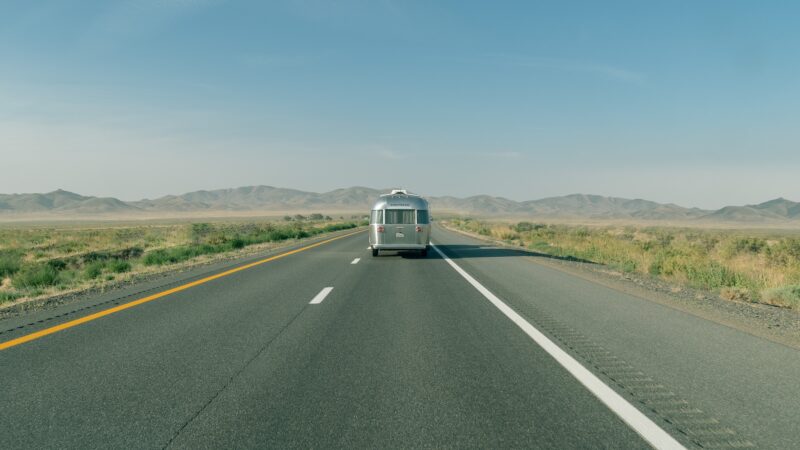From DIY haulers to fully equipped living rooms on wheels, the birth of the camping trailer gives us a unique look at American history.
The creation of the camping trailer is a testament to America’s love of adventure, exploration and the great outdoors. From humble beginnings to the modern, sophisticated trailers of today, they have evolved to meet the needs and desires of generations of Americans who seek out the freedom that comes with life on the road.
It began in the early 1900s, when Americans started to embrace the concept of automobile travel. As the popularity of the automobile grew, wealthy naturalists and car enthusiasts began to seek out new and exciting ways to explore the country. This led to the development of the first camping trailers, which were essentially converted automobiles with DIY platforms that were used to lug around tents, kitchen supplies and camping equipment.
Also Read: Camp in a Retro Trailer—in New Zealand
It wasn’t until The Roaring Twenties, when the middle class grew, wages increased and vacations became more widespread, that camping’s modernization truly began. Collapsible “tent trailers” with sleeping cots and storage for kitchen supplies were being built and attached to cars. By mid-decade, companies started to manufacture fully equipped versions ready for this new form of camping.

Also Read: 4 Fun Vintage Trailer Tours
In 1929, seeking a better experience, scientist Arthur G. Sherman founded the Covered Wagon Company. Located in Mount Clemens, Michigan, Covered Wagon quickly became an industry leader. Its solid-body trailers, originally built of Masonite, sported windows for ventilation, cupboards, an icebox, stove and built-in furniture—and the modern camping trailer was born. By the end of the decade, over 200,000 of them were produced each year, some being used as homes while the U.S. climbed out of economic collapse. But in 1939, production came to a halt because of World War II. After the war ended in 1945, the demand for camping trailers increased dramatically as soldiers sought a simple, inexpensive way to vacation with their families.

The 1950s was a time of innovation and growth for camping trailers. Plumbing, bathrooms, kitchens and electricity were now the norm, and models with private bedrooms and a terraced layout were not uncommon. Designs were fun, colorful and kitschy. The most popular style was called a “canned ham.” Companies like Airstream and Shasta began to produce larger, more luxurious trailers designed for long family road trips. Vacations were planned around highways, rest stops and campgrounds with parking lots. Camping trailers became entrenched in the wider camping culture.
While today’s homes on wheels may not resemble their ancestors of the 1910s, they still offer that same feeling of freedom that comes with hitting the road.
And of course, don’t forget to follow us on Instagram, Facebook and Pinterest for more Mid Century Modern inspiration!












